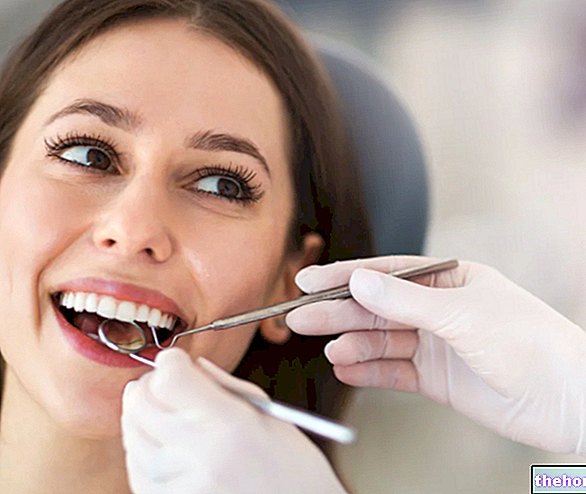Generality
In common parlance, vanilla means a product of vegetable origin that has unique organoleptic and gustatory characteristics.

The plants that produce vanilla pods are Mexican orchids belonging to the genus Vanilla; the best known species is the planifolia, or the one with flat leaf (binomial nomenclature Vanilla planifolia).
The term "vanilla" comes from the Spanish; more precisely it originates from the diminutive of the noun "vaina", which means pod (vanilla = small pod). In fact, the term vanilla can refer to the plant, its fruits or the spice that is obtained from them.
Already in pre-Columbian times, the Mesoamerican peoples cultivated vanilla in dedicated plots, similar to vineyards, suitable for its characteristics as a climbing plant (Tlilxochitl in Aztec); the merit of the discovery of vanilla (but also of cocoa), and its diffusion from "America to" Europe, is attributable to the Spanish conqueror Hernan Cortés (1520 AD).
Initially, the foreign cultivation of vanilla was rather difficult. For the production of the pod (fruit) pollination is in fact necessary, which - in the absence of specific insects - hardly occurs. Only in the mid-ninth century the technique of manual pollination of flowers was discovered, which allowed to expand the crop globally some vanilla.
The three types of vanilla currently grown worldwide are all of Mesoamerican origin. Of the planifolia, the most common subspecies is the fragrans or "Bourbon Vanilla" (produced in Madagascar, Indonesia, Réunion and other tropical areas of the southwestern Indian Ocean), but we must not forget the Mexican Vanilla (same subspecies but which, being produced in its native land, is also known as "Original Vanilla") The other two species of vanilla spread around the globe are: the Vanilla tahitensis (located in the southern Pacific Ocean) and the Vanilla pompona (especially in the West Indies, Central and South America).
After saffron, vanilla is the second most expensive spice in the world, since its production is quantitatively not very profitable and still requires a lot of manpower.
Food use
NATURAL vanilla is commercially available in 4 distinct forms:
- Whole pod
- Vanilla powder (dried berry powdered and mixed with sugar, starch and other ingredients)
- Vanilla extract (in alcoholic or possibly glycerol solution, at least 35%)
- Vanilla sugar (nothing "other than sugar and vanilla extract)
The flavoring function of vanilla in food can be obtained by adding the specific extract or by adding the whole pod in the cooking of liquid products. The effect of the vanilla is enhanced by the longitudinal opening of the pod or by totally extracting the pulp with the seeds. Natural vanilla, being brown in color, gives a brownish hue to the preparations that contain it. Although that of quality requires very little, as often happens, at an industrial level the use of chemical extracts (less expensive) is preferred.
Among the best known preparations that involve the use of vanilla we remember: vanilla ice cream, creme brulee, vanilla yogurt, chocolate or caramel or vanilla coffee, etc.
The active ingredient characterizing the vanilla aroma is vanillin, a phenolic aldehyde. In the "food industry, artificial aromatic substances with a similar structure are mainly used, such as"ethylvanillin and the methylvanillin. "Ethylvanillin is more expensive but it is definitely more intense. Curious to note how, in a test released by the magazine"Cook "s Illustrated", some tasters did not recognize the preparations with real vanilla compared to others with artificial vanilla extract; only in the case of ice cream, the difference seems to be very relevant and perceptible.
A more recent experiment, conducted by the same editorial staff, highlighted the different applicability of artificial vanilla compared to the natural one. For example, good quality artificial vanilla seems more suitable for biscuit recipes, while real vanilla is suitable for other desserts such as cakes but even more for foods that are not subjected to intense or prolonged heat treatments.
Vanilla is also used to flavor alcoholic beverages such as rum and other products such as cigars.
Chemistry of Vanilla
The vanilla bean contains many different compounds. The most typical and subscriber (as well as the object of extraction) is the vanillin (4-hydroxy-3-methoxybenzaldehyde); another minor component, however quite relevant in vanilla essential oil, is the piperonal (heliotropin), which helps to structure the specific aroma of the pod. Remember that vanillin is also found (at different concentrations) in other plants; one of these is pine, more precisely its sap. Not surprisingly, towards the end of the In the 9th century, the natural vanilla industry experienced a big drop in sales.
Today, vanilla essence is available in two distinct forms: real vanilla extract (a complicated mixture of molecules such as: acetaldehyde, acetic acid, hexanoic acid, 4-hydroxybenzaldehyde, eugenol, methyl cinnamate and isobutyric acid) and synthetic essence (vanillin and ethanol), produced from various raw materials, for example from guaiacol.
Contraindications
By itself, vanilla does not contain any toxic or harmful molecules for the body, but this does not mean that it is a product to be considered completely safe, especially in the case of its extract.
In some cases, vanilla can seriously harm human health. This circumstance is not attributable to the chemical profile of the original pod of Vanilla, but to the "intervention of man" on certain derivatives. This is the case of Mexican vanilla extract, in particular the one sold locally (Original Vanilla). According to what has been ascertained by the control bodies, it is not uncommon that (to reduce costs and increase profits) these products are cut with the "tonka bean" extract. Well, this last plant contains coumarin (1-benzopyran-2-one, aromatic molecule), known for its harmful effect on health. In fact, it has been shown (on guinea pigs) that coumarin has a remarkably toxic effect on liver cells, therefore, in America its presence in food is completely FORBIDDEN. At the same time, in Europe (Switzerland and Germany) a "dose is accepted" maximum tolerable daily "of coumarin equal to 0.1 mg / kg of body weight, as it is considered not completely safe for humans. We remind you that all non-European imported foods are strictly controlled and subjected to systematic chemical analyzes, which is why the vanilla extracts that can be purchased in Italy should NOT contain traces of "tonka bean".
Other Foods - Spices Garlic Dill Cinnamon Cren Curry Daikon Broth Cube Tarragon Monosodium Glutamate Mace Nutmeg Oregano Paprika Black Pepper Green Pepper Pepper Cayenne Pepper Chilli Pepper Parsley Horseradish Rosemary Dietary Salt Whole Salt Iodized Salt Hyposodic Salt Salt Pink Himalayan Salt Mustard Tabasco Vanilla Wasabi Ginger OTHER ITEMS SPICES Categories Food Alcoholics Meat Cereals and derivatives Sweeteners Sweets Offal Fruit Dried fruit Milk and derivatives Legumes Oils and fats Fish and fishery products Salami Spices Vegetables Health recipes Appetizers Bread, Pizza and Brioche First courses Second courses Vegetables and Salads Sweets and Desserts Ice creams and sorbets Syrups, liqueurs and grappas Basic Preparations ---- In the Kitchen with Leftovers Carnival Recipes Christmas Recipes Dietary Recipes Light Recipes Woman's Day, Mother's Day, Dad's Day Functional Recipes International Recipes Easter Recipes Recipes for Celiacs Recipes for Diabetics Recipes for the Holidays Recipes for Valentine's Day Vegetarian Recipes Protein Recipes Regional Recipes Vegan Recipes

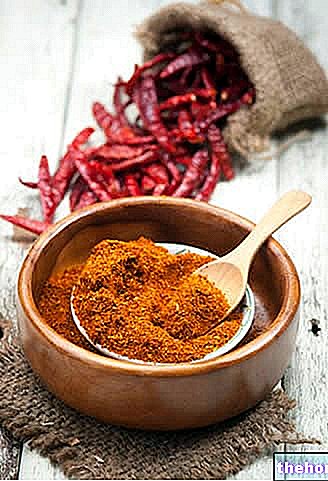

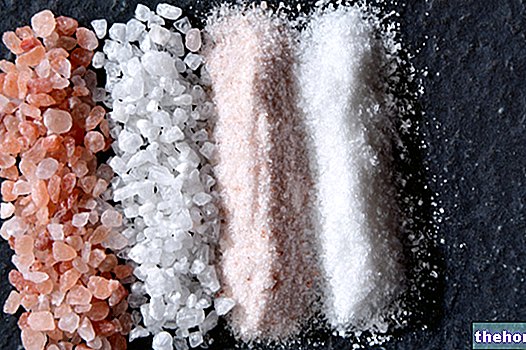

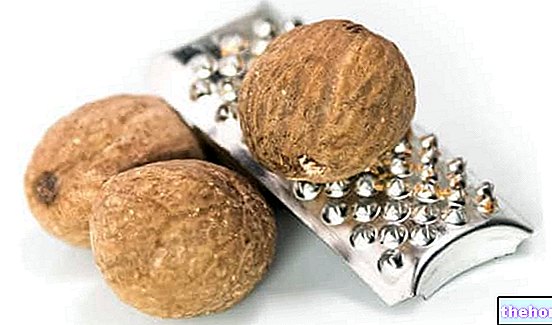
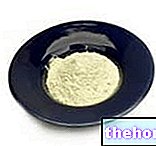

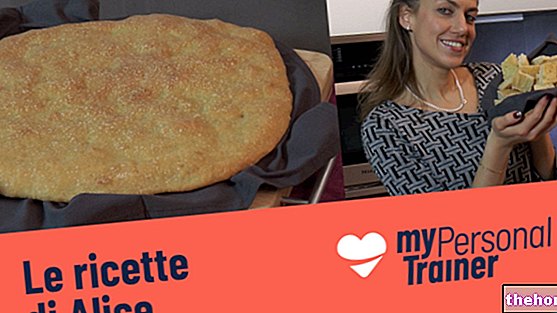

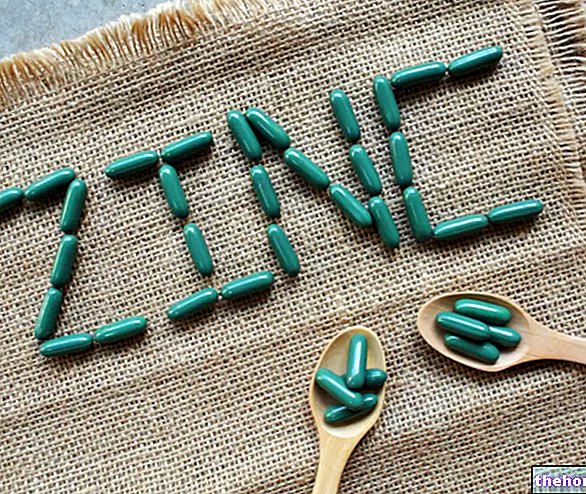



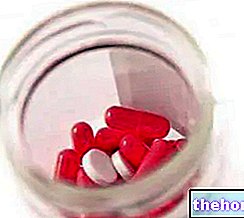

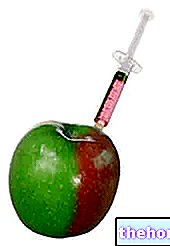


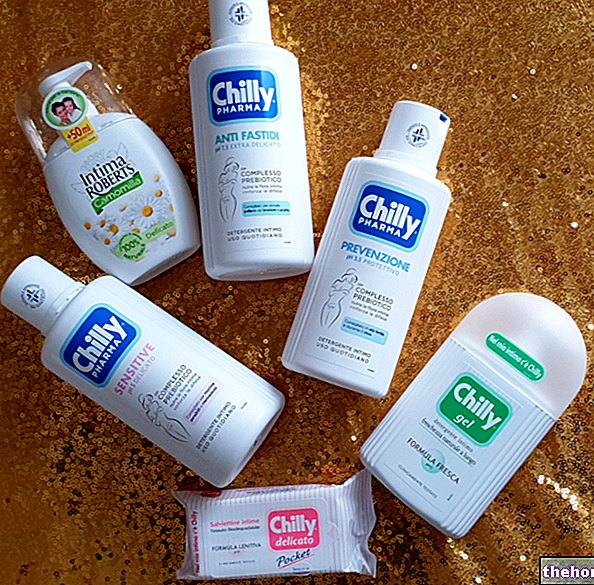


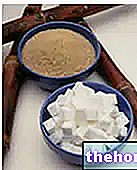
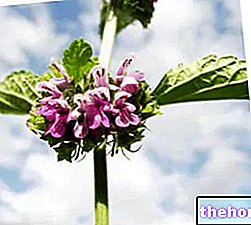

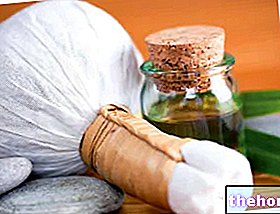
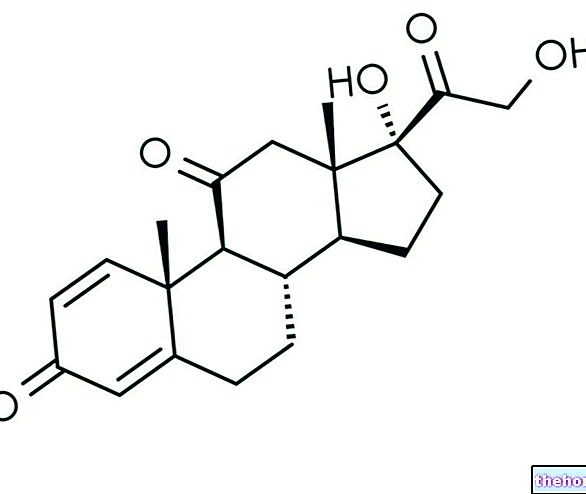
-cos-cause-e-sintomi-e-cura.jpg)
